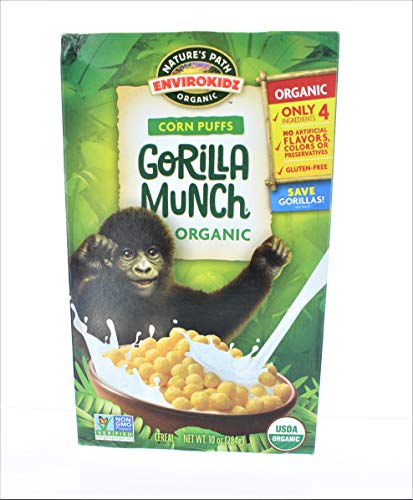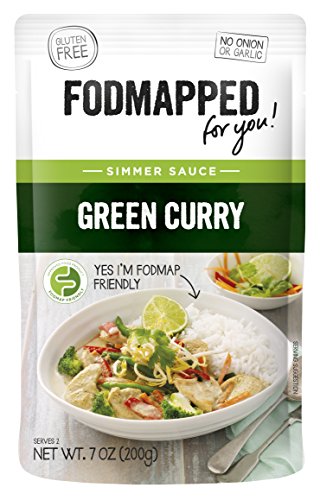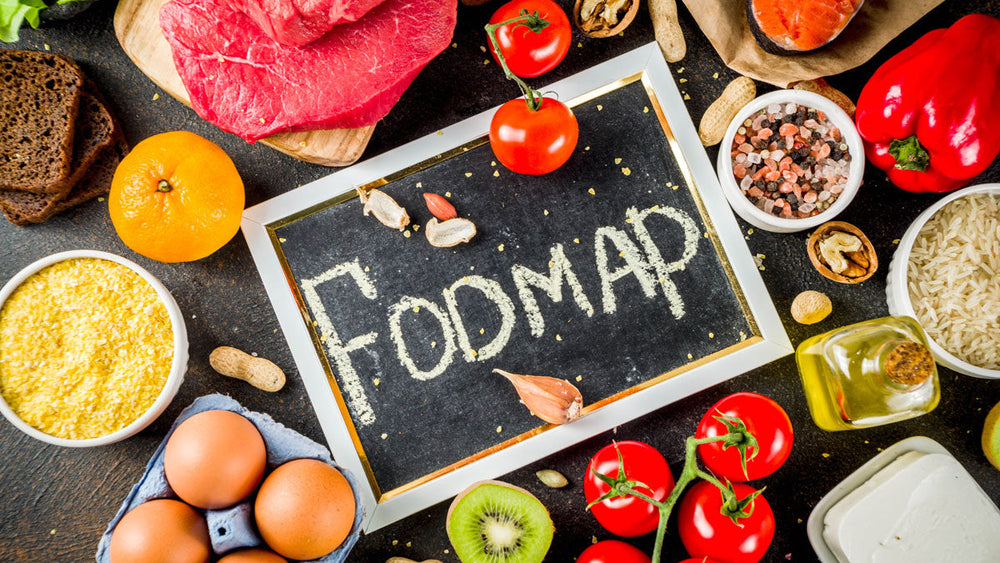FODMAP Breakdown: Understanding Their Impact on Your Digestive System
Do you find yourself feeling bloated or uncomfortable after eating? Well, FODMAPs might be the culprit! This article aims to help you learn what FODMAPs are, their different types, and how a Low FODMAP diet can improve your gut health and digestion.
Introduction to FODMAPs: What You Need to Know
Many of us have heard the term FODMAP, but the meaning behind the acronym may be a mystery. You rarely hear FODMAP spoken out, so we’re here to clear up the air!

Now that we know what FODMAP stands for, let’s break it down and put it into lay terms to understand the concept of FODMAPs fully.
Fermentable: is a process where the bacteria in our gut break down undigested carbohydrates. FODMAPs pull water into the gut to get broken down by bacteria in a process known as “fermentation.”
Oligosaccharides: these are made of fructans and galacto-oligosaccharides and can cause stomach upset as they can sometimes be poorly absorbed. They can be found in wheat/wheat cereals, rye, onion, garlic, beans, and peas.
Disaccharides can be found in the form of lactose, the fermentable sugar in this group. Foods in this group include dairy products like milk, yogurt, and cheese.
Monosaccharides: the sugar in fruit, or fructose, is the fermentable sugar in this group, along with glucose. It is essential to remember that not all fruits are affected in this group. This group's foods include honey, apples, mangos, dried fruits, and high-fructose corn syrups.
Polyols: are sugar alcohols found in some fruits and vegetables. These are commonly found in certain fruits like nectarines, peaches, plums, certain vegetables like cauliflower and mushrooms, and artificial sweeteners like sorbitol, xylitol, and mannitol.
The Science Behind FODMAPs and Gut Function
It is thought that FODMAPs have an osmotic effect, meaning they can draw water through to the large intestine. FODMAPs are then fermented by bacteria and other microorganisms living in our gut, producing hydrogen or methane gas. The fluid and gas increase can lead to passing gas, stomach pain, bloating, and diarrhea.
People with irritable bowel syndrome (IBS) or small intestinal bacterial overgrowth (SIBO) may benefit most from a Low FODMAP diet. A 2018 study reported that 68% of patients with IBS had GI symptom improvement after following a Low FODMAP diet, even after the first week. A 2023 randomized controlled trial found that a Low FODMAP diet reduced SIBO symptoms after just two weeks of following it.
The goal of the diet is to figure out which foods are troublesome and which foods are not.
Steps to Implementing a Low FODMAP Diet Successfully
The goal of a Low FODMAP diet is to figure out which foods are troublesome and which foods are not. In order to determine what foods you should eliminate, you will follow three different phases.
- Elimination phase - during this phase, you eliminate all high FODMAP foods for 2-6 weeks
- Challenge phase - during this phase, you challenge one food group at a time to monitor for symptoms.
- During the Maintenance phase, you'll have the opportunity to personalize your diet based on your tolerance levels. You can include FODMAPs that your body can handle and avoid those that cause discomfort. This phase empowers you to take control of your digestive health.
The Importance of Professional Guidance
Given the potential challenges and restrictions of a Low FODMAP diet, it's crucial to seek guidance from a healthcare professional before embarking on this journey. Their expertise will ensure that the diet is suitable for you and that you're maintaining a balanced and nutritious intake.
- Bustos Fernández, L. M., Man, F., & Lasa, J. S. (2023). Impact of Saccharomyces boulardii CNCM I-745 on Bacterial Overgrowth and Composition of Intestinal Microbiota in Diarrhea-Predominant Irritable Bowel Syndrome Patients: Results of a Randomized Pilot Study. Digestive diseases (Basel, Switzerland), 41(5), 798–809.
- Frequently asked questions about Fodmap. FODMAP FAQs | Monash FODMAP - Monash Fodmap. (n.d.).
- Magge, S., & Lembo, A. (2012). Low-FODMAP Diet for Treatment of Irritable Bowel Syndrome. Gastroenterology & hepatology, 8(11), 739–745.
- Wong, Z., Mok, C. Z., Majid, H. A., & Mahadeva, S. (2018). Early experience with a low FODMAP diet in Asian patients with irritable bowel syndrome. JGH open : an open access journal of gastroenterology and hepatology, 2(5), 178–181.





















Comments
Join The Conversation...